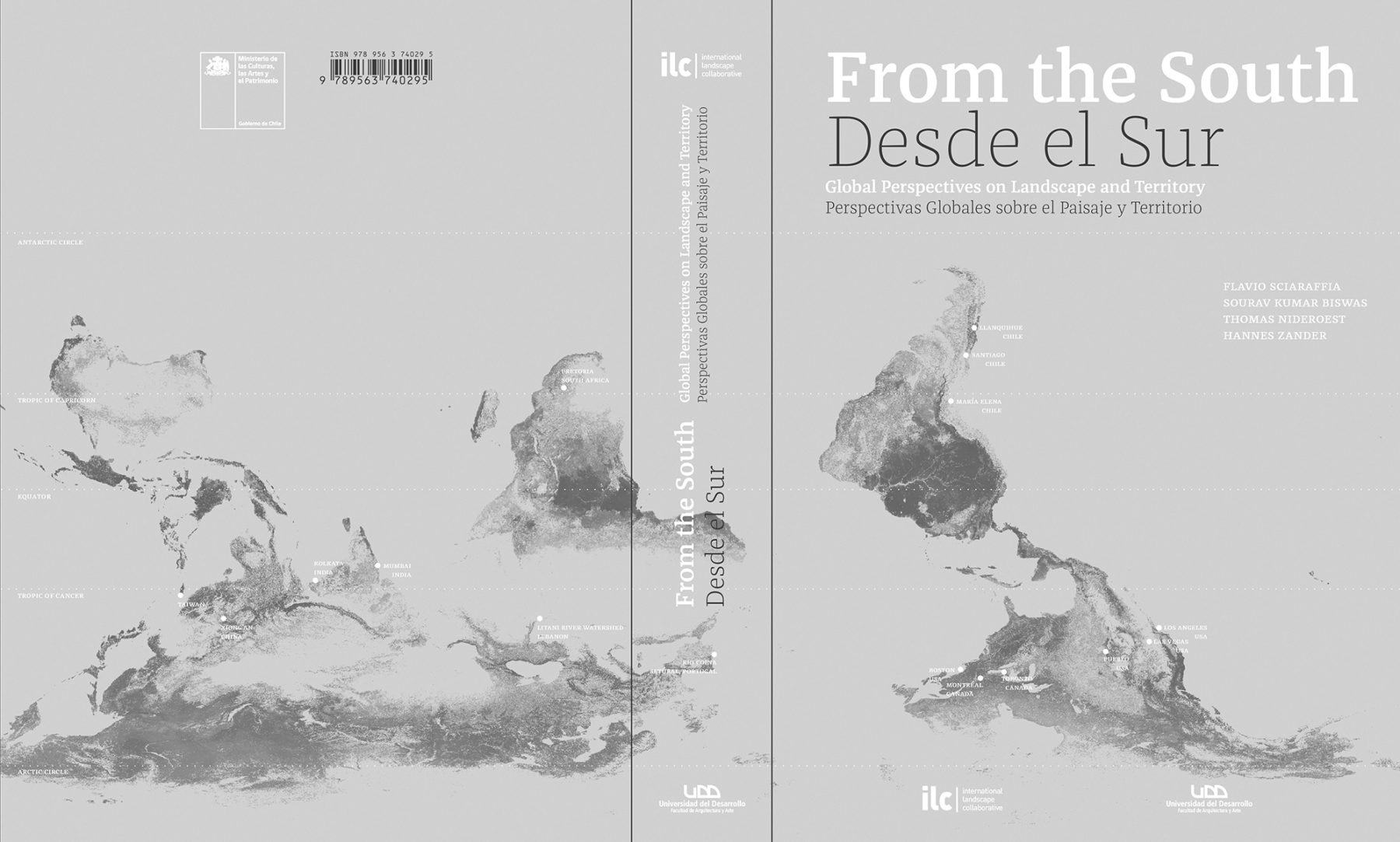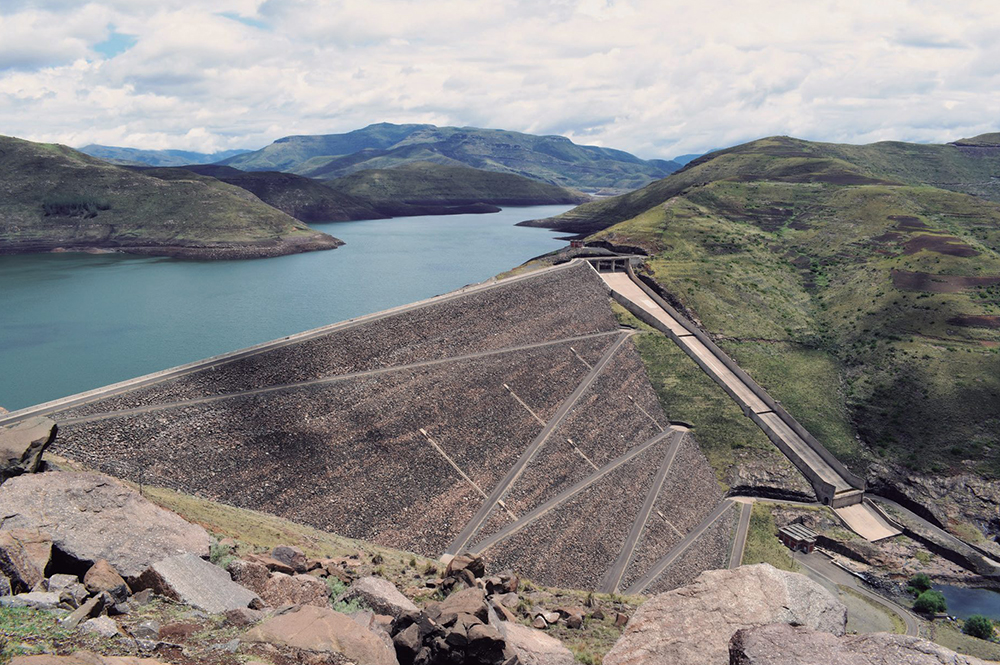Nideroest Discusses Contemporary Landscape Planning with HSR Magazine
Landscape architect Thomas Nideroest speaks with his alma mater about his journey into the profession
 Sasaki
Sasaki

A group of Sasaki landscape architects and urban planners co-edited and contributed essays to a new book “From the South: Global Perspectives on Landscape and Territory.” The book, co-edited by Flavio Sciaraffia Márquez, Hannes Zander, and Sasakians Sourav Biswas and Thomas Nideroest, will be published by the Universidad del Desarollo, Santiago, Chile. This volume of essays is a collective effort from members of the International Landscape Collaborative (ILC)—a Harvard GSD think-tank comprised of landscape architects, urban designers, and planners.
The book contains eighteen essays from authors representing eight different nations and five continents. The essays offer a diversity of perspectives on contemporary models of landscape planning, management and design across scales. Three Sasaki designers, Sourav Biswas and Thomas Nideroest, both landscape designers; and Justin Kollar, planner, contributed pieces to the collection.
Below, each describes the focus of their essays:
The Mangroves of Mumbai: An Asset for Cultivating Coastal Resilience; Mapping a Landscape Planning Agenda for the East Kolkata Wetlands; & Addressing Water Conflicts Between Agriculture and Cities: Designing a Landscape Framework to Avoid the Socio-ecological Impacts of Water Rights Transfers In Colorado

Map of ecological infrastructure linkages between the city and the wetlands
My essays on India describe the natural systems of mangroves in Mumbai and a complex socio-ecological system that emerged in the East Kolkata Wetlands as a foundation for metropolitan resilience. Since city planning in India is dominated by an obsession with hard infrastructure, both these natural systems are threatened by misguided transportation projects or unplanned urban expansion. The essays make the case for how ecological systems can be strategically leveraged to serve as subsidized and resilient forms of infrastructure. Through my essays, I hope to highlight the benefits of the landscape approach in global emerging economies where many infrastructural and conservation guidelines have not yet been codified or consolidated.
Democratizing Control over the Landscape: A Genealogy of Taiwan’s Territorial Planning

Map of sugar production in Tawain, 1980, (left) and map of sugar factory districts in Chiayi and Tainan (including Suantou Sugar Factory), 1980 (right)
The essay illustrates an evolution in the forms of local democratic organization of land and space in Taiwan. Many of us don’t realize what shapes democracy can take in the built environment and I found this particularly fascinating when planners and designers talk about “engagement.” We should realize there are much better models of democratic engagement that have existed for a long time in other parts of the world that open the possibility of developing real democratic process in the context of the built environment. I hope this expands the discussion of models of implementation to the excellent body of work contained in this book.
When the Only Water Left is Gray: The Understanding of Landscape as a Framework and Medium to Approach Water Scarcity

View of Mohale Dam on the Senqunayane River, Maseru, Lesotho
The essay and research project studies the effects of drought in arid regions. By analyzing territorial water systems, reviewing the hydraulic history of the American-Southwest and by illustrating its social, economic and ecological implications, I intend to provide a perspective on water shortages and put in question on how landscape as a medium can be applied to challenge water scarcity.
The publication was made possible by grants from Fondart Nacional – convocatoria 2018, Universidad del Desarrollo & Fundación Cosmos. Learn more about the essay collection at the International Landscape Collaborative’s website.
Landscape architect Thomas Nideroest speaks with his alma mater about his journey into the profession
While ecology and resilience are among the most salient topics in contemporary landscape architecture, their inherent relationship and differences have deep implications on practice
Our Dennis Pieprz alongside twelve fellow leading urban designers, including, Adriaan Geuze (West 8), Winy Maas (MVRDV), Elizabeth Plater-Zyberk (DPZ) and others, contributed to the book’s collection